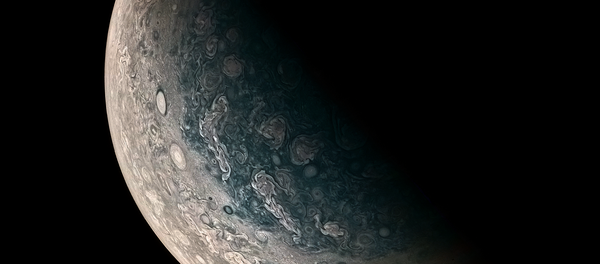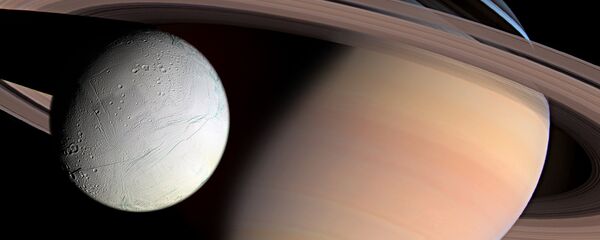"The micrometeorites and comet dust that settle on the ISS' surface may contain the biogenic substance of extraterrestrial origin in its natural form," the Russian space agency stated in the press release.
To determine the origin of those microorganisms, Russian scientists are conducting an analysis of amino acids produced on the surface of the station. "However, the analysis is complicated because the comet material samples are small, and the use of standard methods will not give quick results. Russian experts are currently working on the solution of this problem," the report says.
In 2013, test results proved that some microorganisms on the outside of the ISS can survive and even develop in the hostile conditions of space, including vacuums, extreme temperatures and harsh cosmic radiation. Thus, especially tenacious terrestrial microorganisms could "move" to other planets on top of space hardware.
"I am reasonably sure it has hitchhiked to the space station on board some cargo and then survived the hostile conditions of space," explained Kasthuri Venkateswaran, a senior research scientist at the Biotechnology and Planetary Protection Group at NASA's Jet Propulsion Laboratory, as quoted by the Indian news agency PTI.







